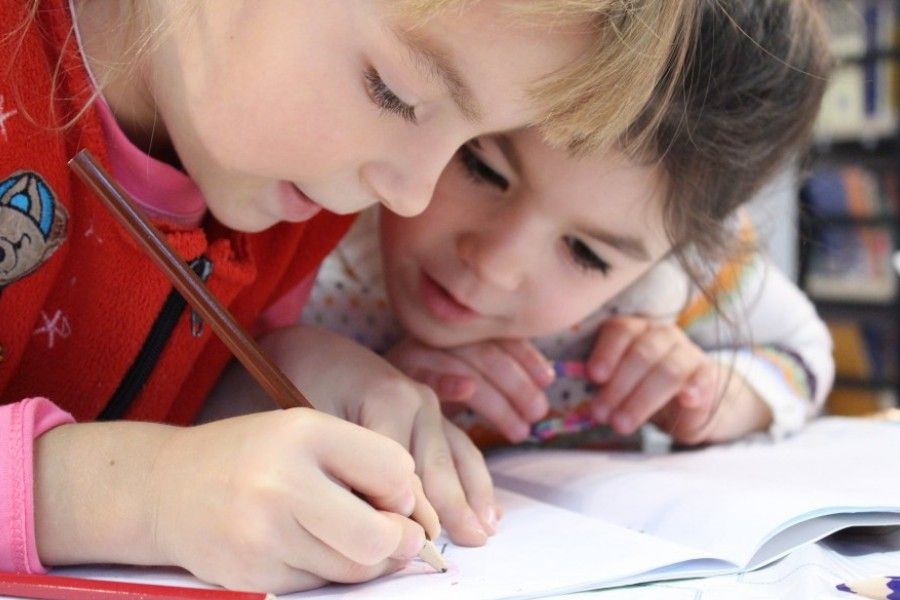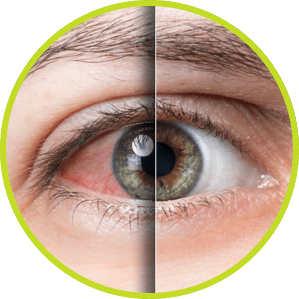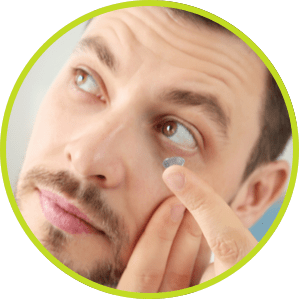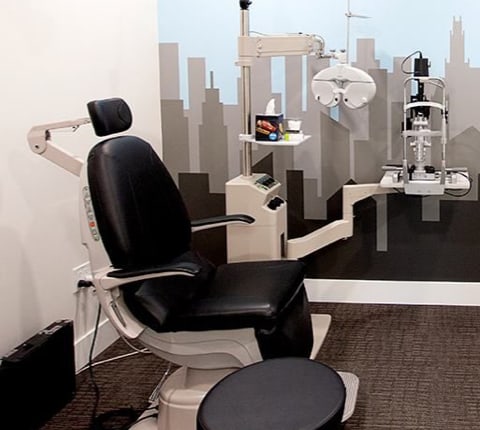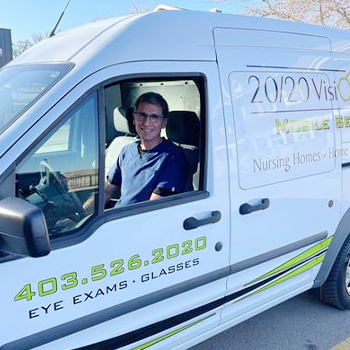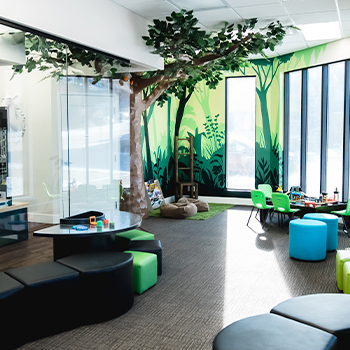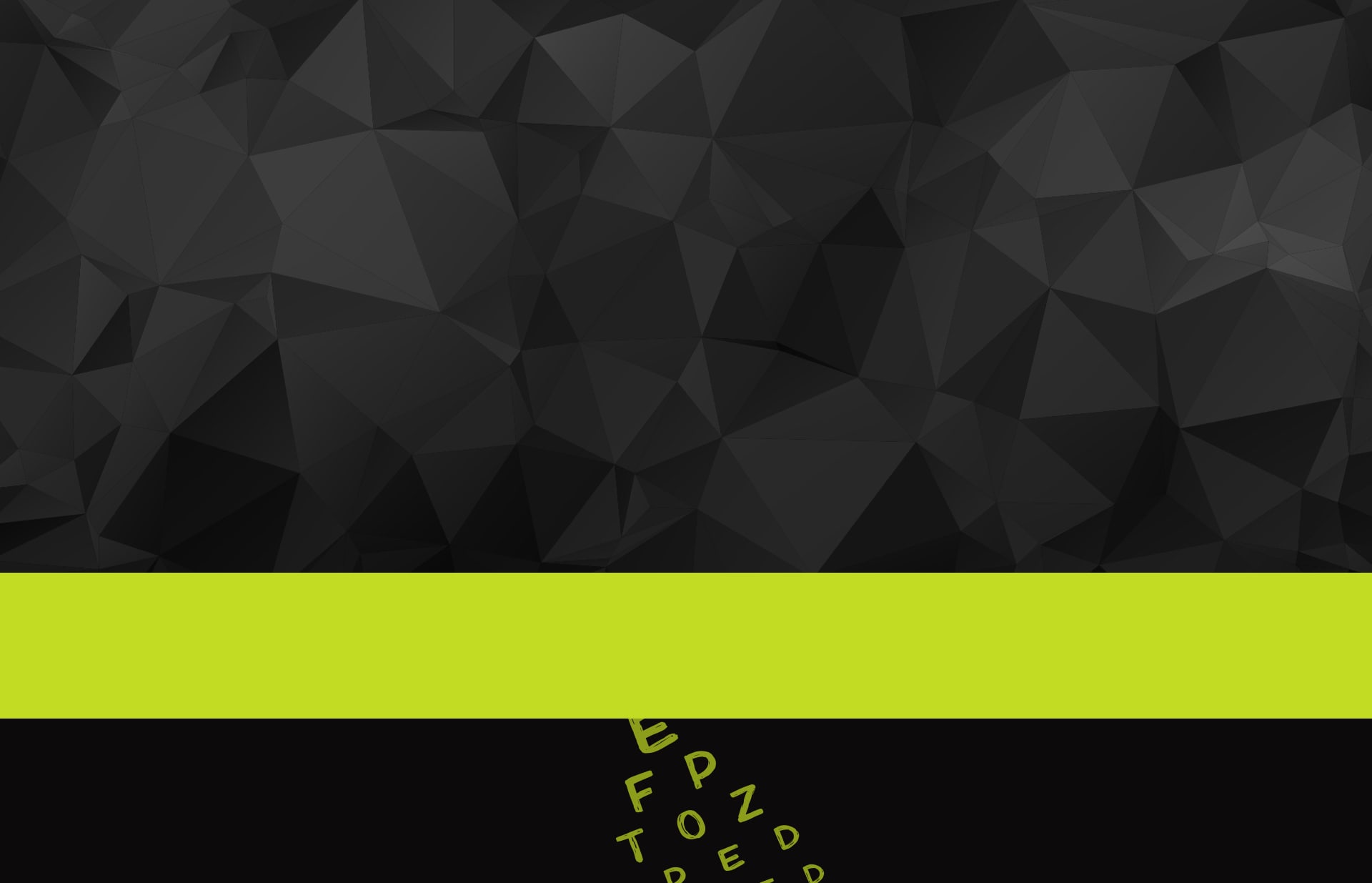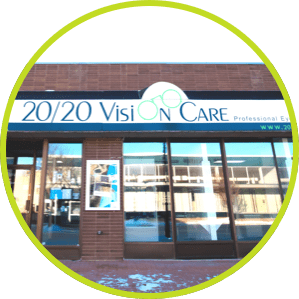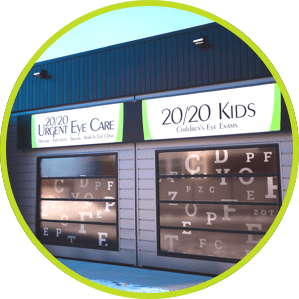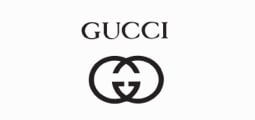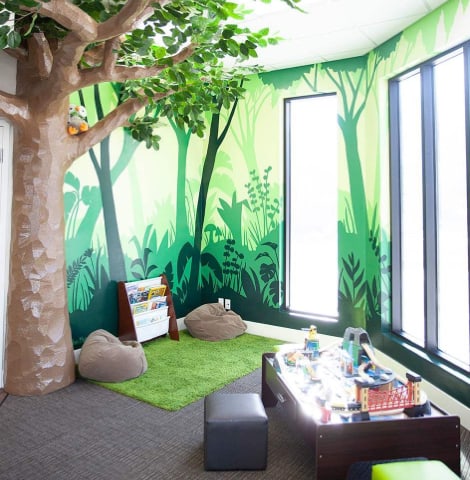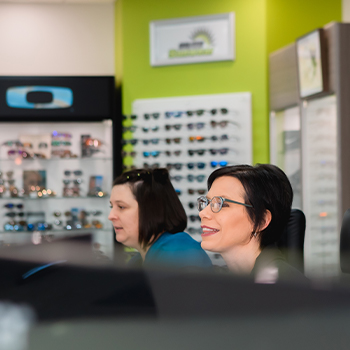AMBLYOPIA (am – blee – O – pee – ah)
Amblyopia is the loss or lack of development of vision in one eye that is unrelated to any eye health problem. It is not correctable with lenses alone. The brain, for some reason, does not acknowledge the images seen by the amblyopic eye.
Amblyopia is generally the result of poor early visual development, and as such, usually occurs before the age of five or six. It is estimated that two to four percent of children under age six have amblyopia. The chance of amblyopia developing during adulthood is very small.
Amblyopia usually results from a failure to use both eyes together. If there is a large enough difference in the degree of nearsightedness or farsightedness between the two eyes, or if the eyes are crossed, the brain learns to ignore one image favouring the other.
Normally the images sent by each eye to the brain are identical. When they differ, double vision occurs. Rather than go through life with double vision, the brain soon learns to ignore the image sent by one eye and “sees” only with the good eye. The eye that is ignored becomes weaker from disuse.
The amblyopic eye is never blind in the sense of being entirely without sight. Amblyopia affects only the central vision of the affected eye. Peripheral awareness will remain.
Amblyopia is usually accompanied by either crossed-eyes or a large difference in the refractive error between the two eyes. A child may also exhibit noticeable favouring of one eye and may have a tendency to bump into objects on one particular side.
A comprehensive optometric examination can determine the presence of amblyopia. The earlier it is diagnosed, the greater the chance for a complete recovery. That is why it is important to have your child’s vision examined before the age of three and again when entering school. Since amblyopia occurs only in one eye, the good eye does all the clear seeing, and the individual is generally unaware of the condition.
Corrective lenses, prisms, contact lenses and/or vision therapy are often used to treat amblyopia. In less developed cases, patching the good eye often stimulates and strengthens the amblyopic eye. In more advanced situations, other vision therapy techniques are used.
The vision of an amblyopic eye typically does not get worse, but the brain simply pays less and less attention to the images sent by the amblyopic eye. Eventually, the condition stabilizes, and the eye becomes virtually unused. Since it is quite difficult to correct amblyopia, early detection and treatment are extremely important.
Early detection and treatment of crossed-eyes and severe refractive errors can reduce the chances of one eye becoming amblyopic. Although it is commonly believed that amblyopia must be treated prior to age 10, recent evidence demonstrates no age limit for improving sight and function as long as no active disease is occurring. However, the earlier this problem is treated, the better the chances are developing a “20/20” vision.
20/20 Vision Care
Doctors of Optometry
(Information adapted from the pamphlet “Answers to Your Questions About Amblyopia” by the Alberta Association of Optometrists)


